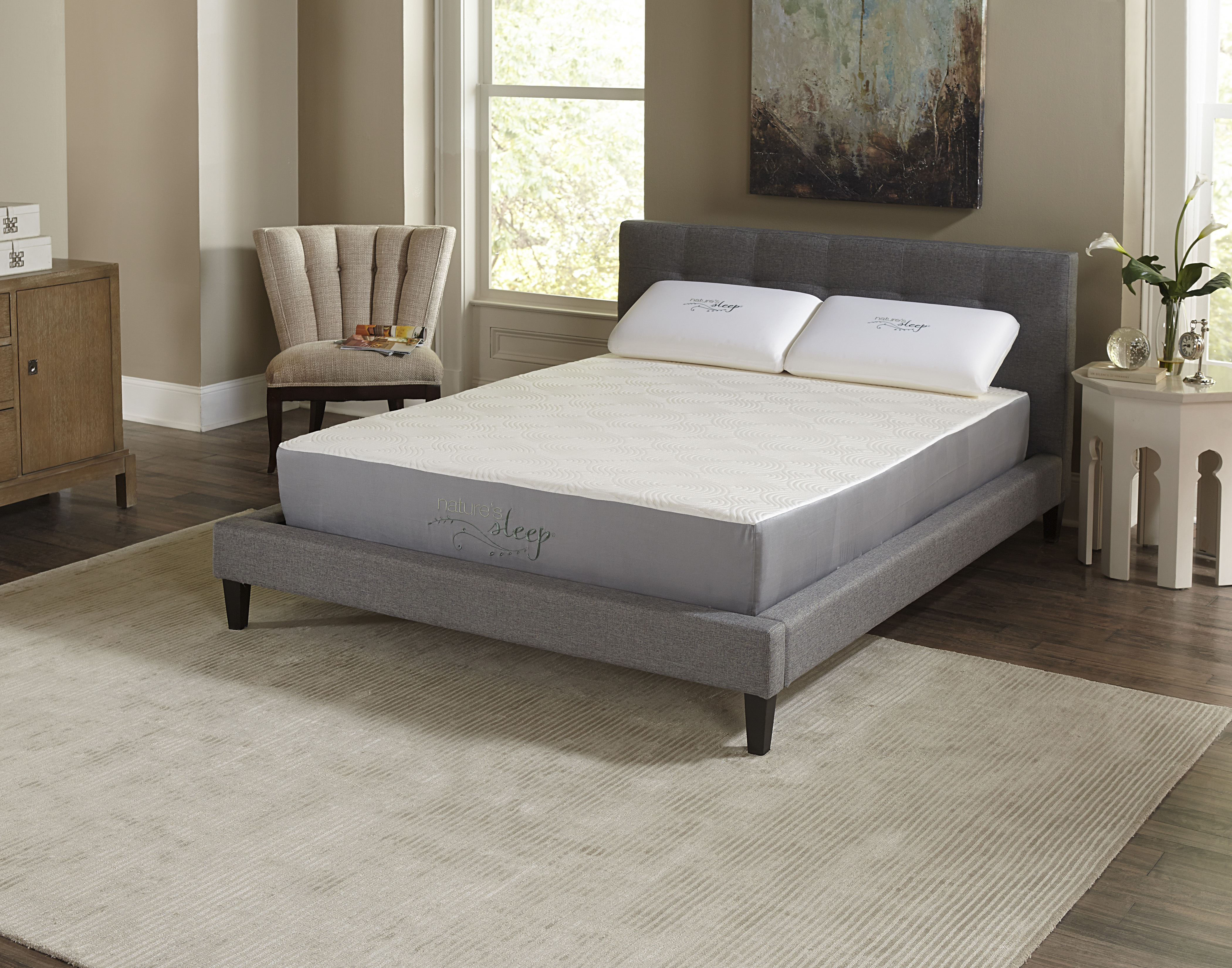1. Feng Shui Living And Dining Room: An Introduction
Feng Shui, the ancient Chinese art of arranging living spaces to create balance and harmony, has been practiced for centuries. And when it comes to your living and dining room, it can make a big difference in the energy flow, creating a space that feels welcoming, peaceful and energizing. Let's explore the top 10 Feng Shui tips for your living and dining room to create a space that promotes well-being and abundance.
2. Feng Shui Tips for Living and Dining Room
First and foremost, it's important to declutter your living and dining room to create a space that allows for positive energy flow. Get rid of anything that is broken, unused or brings negative memories. This will create room for new opportunities and positive energy to enter your home.
Another Feng Shui tip is to hang a crystal chandelier in the center of your living and dining room. Crystals are believed to have healing properties and their reflective surfaces can help to disperse positive energy throughout the space.
3. How to Create a Feng Shui Living and Dining Room
The first step to creating a Feng Shui living and dining room is to identify the Bagua, or energy map, of your home. This will help you determine which areas of your living and dining room correspond to different aspects of your life such as wealth, relationships, and health.
For example, the wealth area of your living and dining room is typically located in the far left corner from the entrance. Placing a money tree plant or a painting of flowing water in this area can attract prosperity and abundance into your life.
4. Feng Shui Colors for Living and Dining Room
Colors play an important role in Feng Shui as they can affect the energy flow and mood of a space. For your living and dining room, it's best to stick to warm and inviting colors such as earthy tones, soft yellows, and shades of green.
For a touch of boldness, you can incorporate a red accent wall in your dining room. Red symbolizes passion, vitality, and good fortune in Feng Shui. Just make sure not to overdo it as too much red can create an overwhelming and aggressive energy.
5. Feng Shui Layout for Living and Dining Room
The layout of your living and dining room is crucial in creating a harmonious space. In Feng Shui, it's important to have a clear and unobstructed flow of energy throughout the room.
Make sure to leave enough space between furniture to allow for easy movement and avoid placing furniture in the direct path of the entrance. The dining table should also be placed in a position where everyone can sit facing the door, symbolizing a welcoming and open energy.
6. Feng Shui Decor for Living and Dining Room
When it comes to decor, it's important to choose items that bring a sense of balance and harmony into your living and dining room. Avoid harsh and angular shapes and instead opt for rounded edges and natural materials.
Incorporating elements of nature, such as a water feature or a houseplant, can also enhance the flow of positive energy in the room. Just make sure to keep them well-maintained and clutter-free.
7. Feng Shui Plants for Living and Dining Room
Plants are a great way to incorporate the wood element, which represents growth and vitality, into your living and dining room. In addition to a money tree plant, you can also consider adding a jade plant or a peace lily to your space.
Just make sure to place them in areas that correspond to their specific element. For example, a jade plant should be placed in the wealth area while a peace lily can be placed in the relationship area.
8. Feng Shui Furniture for Living and Dining Room
When it comes to furniture, it's important to choose pieces that are comfortable and visually appealing. Avoid sharp corners and choose pieces with curved edges and soft fabrics.
It's also important to have a balance of yin and yang energies in your living and dining room. This can be achieved by incorporating a mix of light and dark, hard and soft, and masculine and feminine elements into the space.
9. Feng Shui Lighting for Living and Dining Room
Lighting is an important aspect of Feng Shui as it can affect the energy flow and mood of a space. Natural light is always best, so make sure to keep your windows open and let in as much natural light as possible.
If natural light is limited, you can incorporate soft lighting such as lamps or candles to create a warm and inviting atmosphere. Avoid harsh and direct lighting as it can create a harsh and unbalanced energy in the room.
10. Feng Shui Art for Living and Dining Room
Art is a great way to incorporate the five elements of Feng Shui into your living and dining room. Choose pieces that speak to you and bring a sense of balance and harmony into the space.
For example, a painting of a landscape can represent the earth element, a sculpture of a bird can represent the metal element, and a vase of fresh flowers can represent the wood element. Just make sure to avoid any artwork that depicts negative or violent imagery.
Incorporating these Feng Shui tips into your living and dining room can bring a sense of balance, harmony, and positive energy into your home. So go ahead and create a space that not only looks beautiful but also promotes well-being and abundance. Remember, a little Feng Shui can go a long way.
The Importance of Balance in Feng Shui Living and Dining Rooms
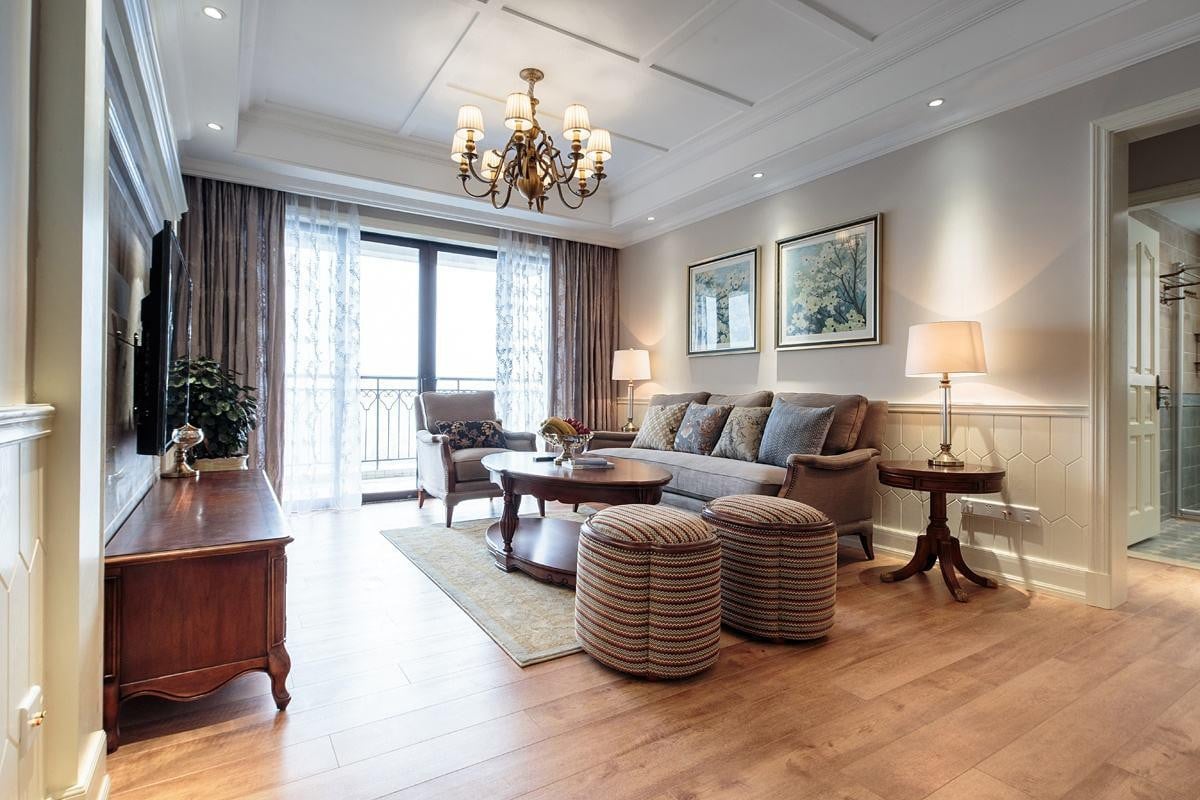
Creating a Harmonious Space
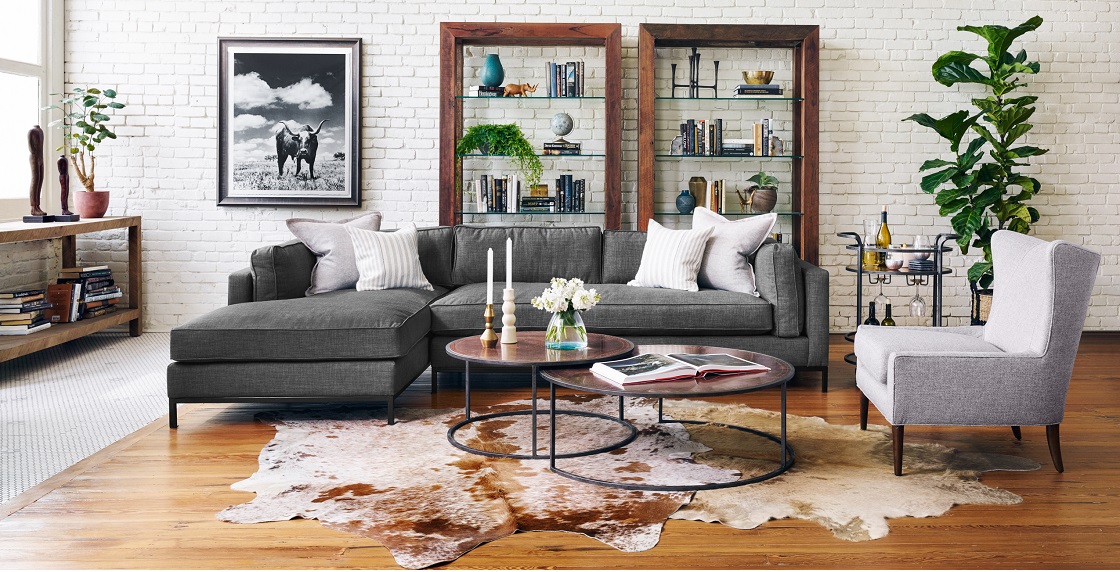 In the practice of Feng Shui, balance is a crucial element in creating a harmonious living and dining room. This ancient Chinese philosophy believes that the arrangement and positioning of furniture and decor in a space can greatly impact the energy flow, or chi, in a room. The goal of Feng Shui is to create a space that promotes positive energy and balance, which can lead to a happier and healthier lifestyle.
In the practice of Feng Shui, balance is a crucial element in creating a harmonious living and dining room. This ancient Chinese philosophy believes that the arrangement and positioning of furniture and decor in a space can greatly impact the energy flow, or chi, in a room. The goal of Feng Shui is to create a space that promotes positive energy and balance, which can lead to a happier and healthier lifestyle.
The Role of the Living Room
 The living room is often considered the heart of the home, where families gather to relax and spend quality time together. In Feng Shui, it is believed that the living room should have a warm and inviting atmosphere, creating a sense of comfort and relaxation. To achieve this, it is important to have a good balance of yin and yang elements in the room.
Yin
elements, such as soft lighting, plush fabrics, and curved shapes, promote a sense of calmness and relaxation. On the other hand,
yang
elements, such as bright colors, sharp angles, and natural light, bring in more energy and vibrancy to the space. Finding a balance between these two elements is key to creating a peaceful and inviting living room.
The living room is often considered the heart of the home, where families gather to relax and spend quality time together. In Feng Shui, it is believed that the living room should have a warm and inviting atmosphere, creating a sense of comfort and relaxation. To achieve this, it is important to have a good balance of yin and yang elements in the room.
Yin
elements, such as soft lighting, plush fabrics, and curved shapes, promote a sense of calmness and relaxation. On the other hand,
yang
elements, such as bright colors, sharp angles, and natural light, bring in more energy and vibrancy to the space. Finding a balance between these two elements is key to creating a peaceful and inviting living room.
The Significance of the Dining Room
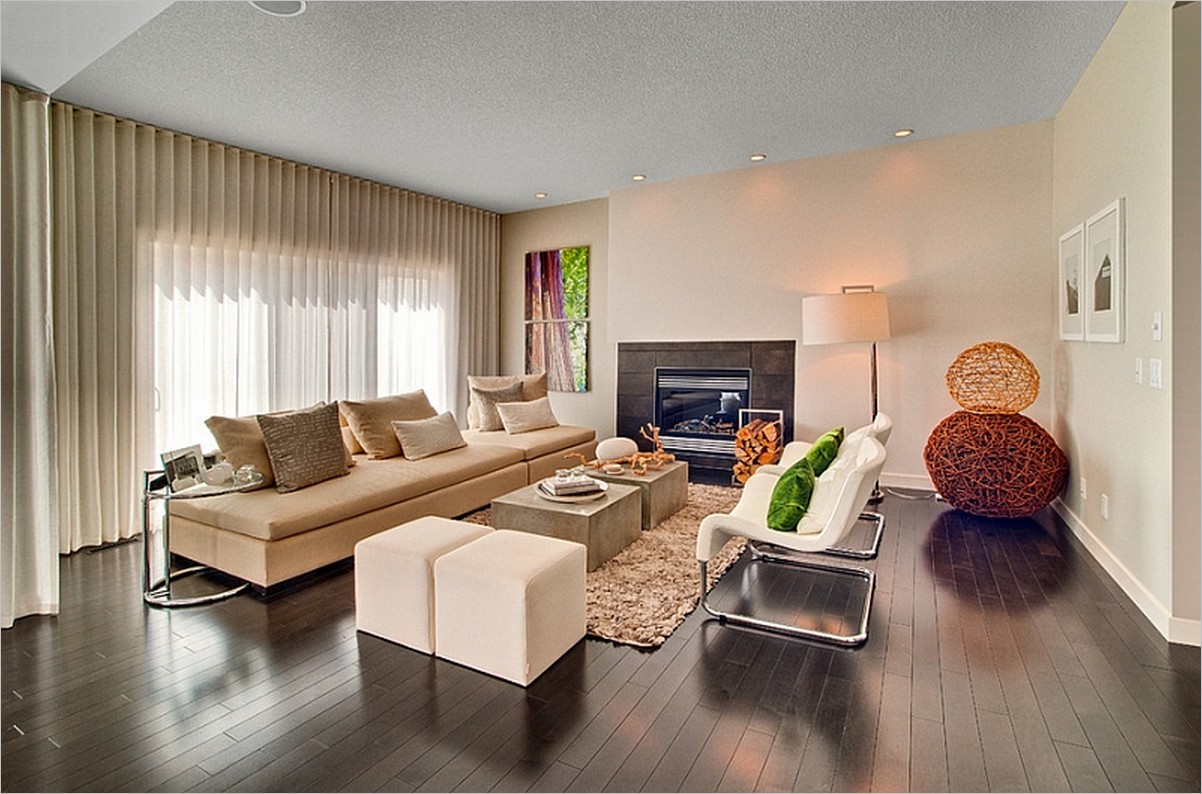 In Feng Shui, the dining room is considered a space for nourishment and abundance. This is where families gather to share meals and build deeper connections with one another. To create a harmonious dining room, it is important to have a balanced mix of elements that promote digestion and good energy flow.
Wood
is the central element of the dining room, representing growth and abundance. Incorporating this element through wooden furniture or decor can enhance the energy in the room.
Earth
elements, such as plants or earthy colors, can also bring a grounding and calming effect to the space. It is important to avoid too many
metal
elements, as they can create a sense of coldness and disrupt the flow of energy in the room.
In Feng Shui, the dining room is considered a space for nourishment and abundance. This is where families gather to share meals and build deeper connections with one another. To create a harmonious dining room, it is important to have a balanced mix of elements that promote digestion and good energy flow.
Wood
is the central element of the dining room, representing growth and abundance. Incorporating this element through wooden furniture or decor can enhance the energy in the room.
Earth
elements, such as plants or earthy colors, can also bring a grounding and calming effect to the space. It is important to avoid too many
metal
elements, as they can create a sense of coldness and disrupt the flow of energy in the room.
Bringing it All Together
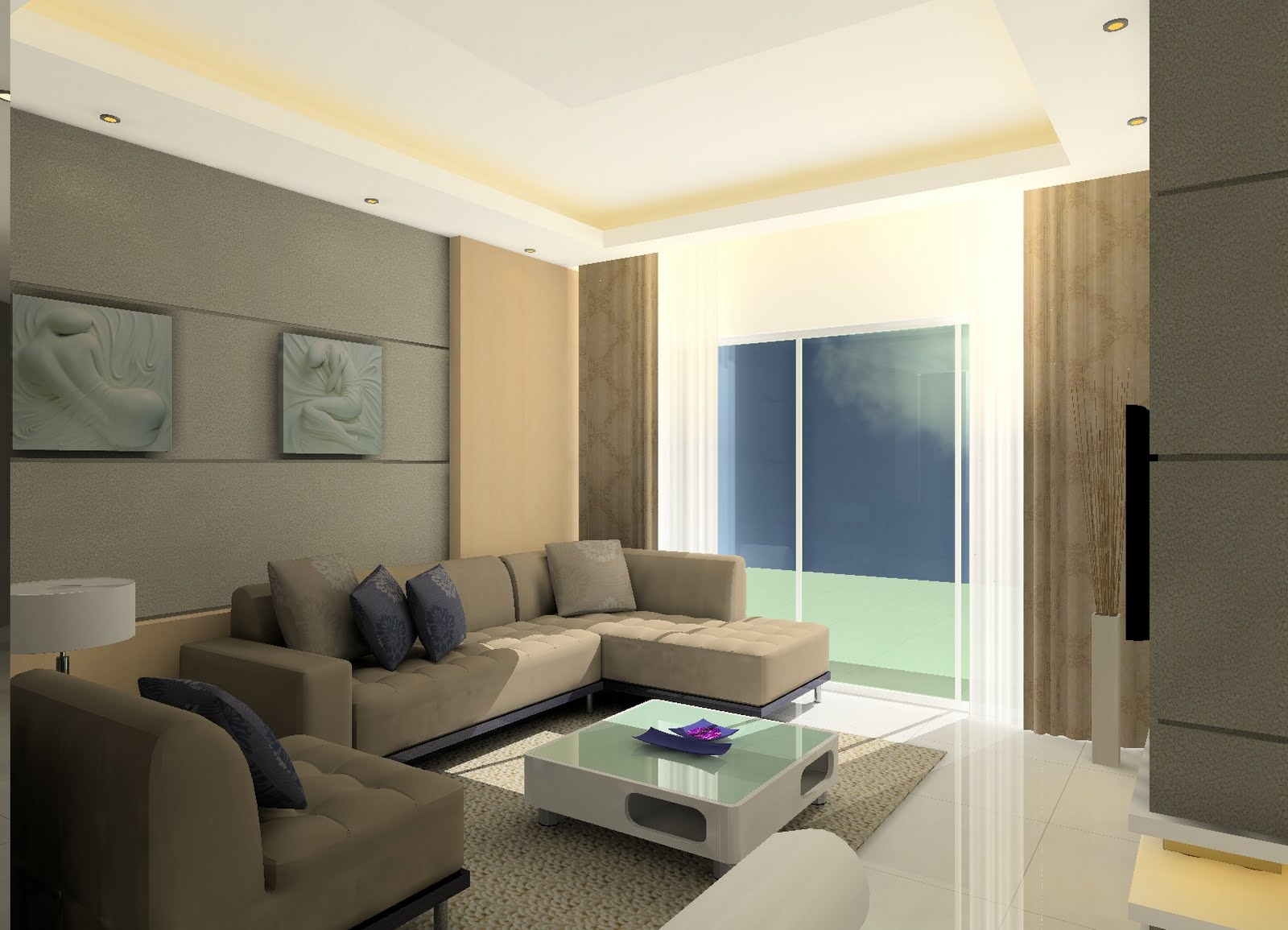 Incorporating Feng Shui principles in your living and dining rooms can greatly enhance the overall energy and balance in your home. By finding a harmonious balance between yin and yang elements, and incorporating the right elements in each room, you can create a space that promotes happiness, health, and abundance. So, the next time you are redecorating your living and dining rooms, keep these Feng Shui principles in mind and watch as your home becomes a more harmonious and peaceful space.
Incorporating Feng Shui principles in your living and dining rooms can greatly enhance the overall energy and balance in your home. By finding a harmonious balance between yin and yang elements, and incorporating the right elements in each room, you can create a space that promotes happiness, health, and abundance. So, the next time you are redecorating your living and dining rooms, keep these Feng Shui principles in mind and watch as your home becomes a more harmonious and peaceful space.

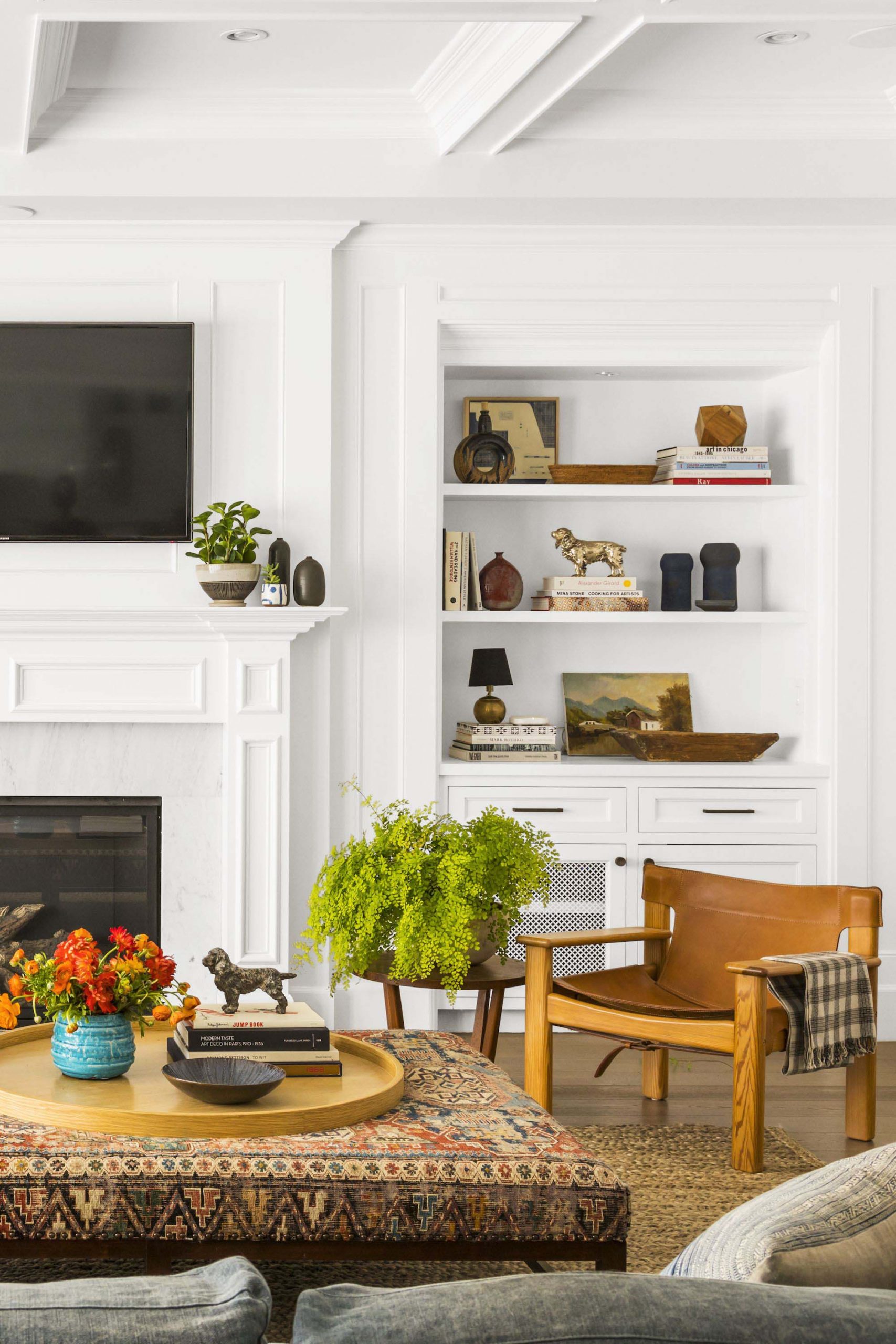
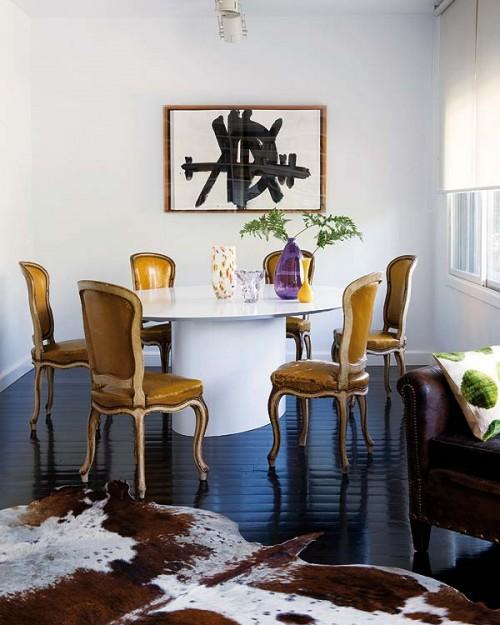

/GettyImages-1093510322-bdcf13ae33e74480934cf9b0e6658e3a.jpg)
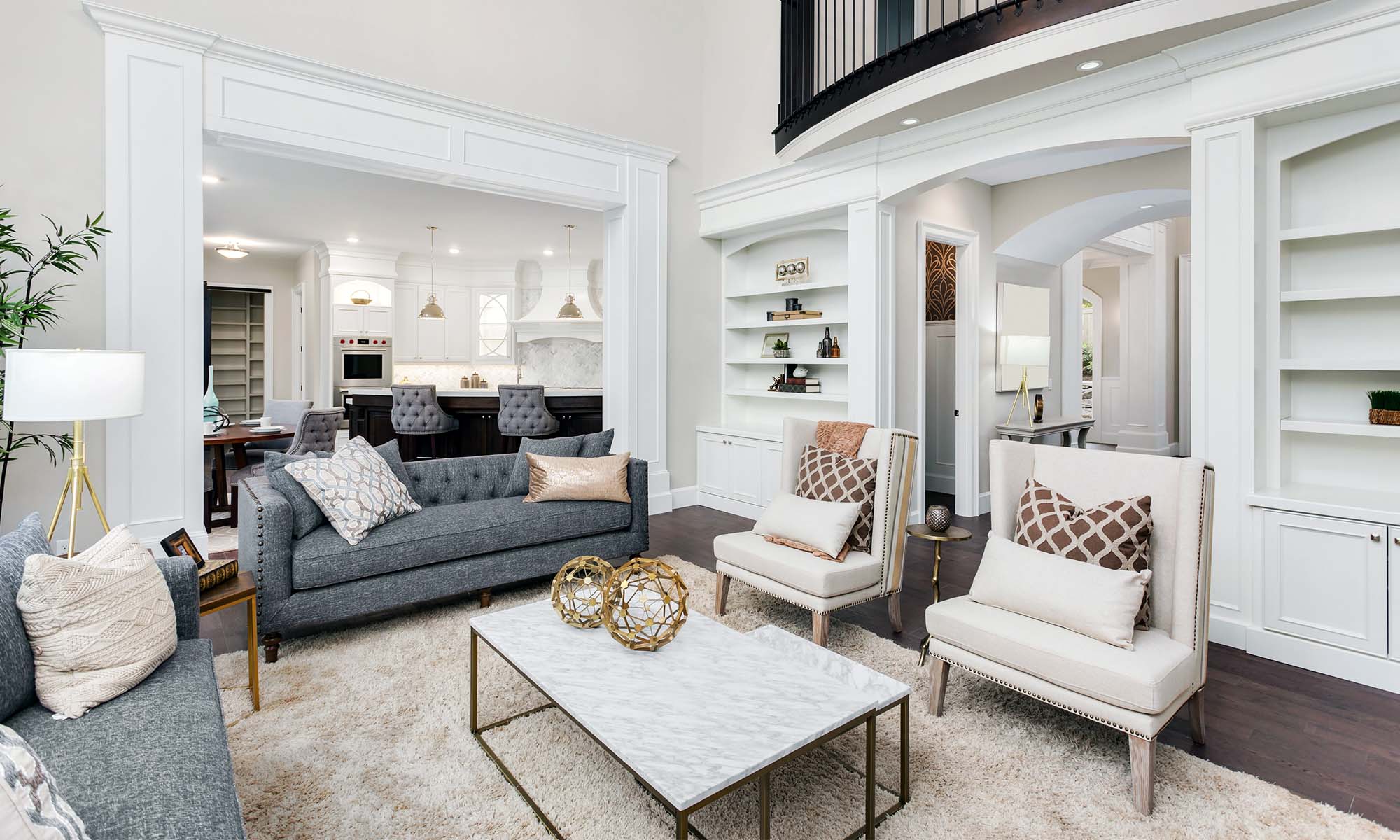
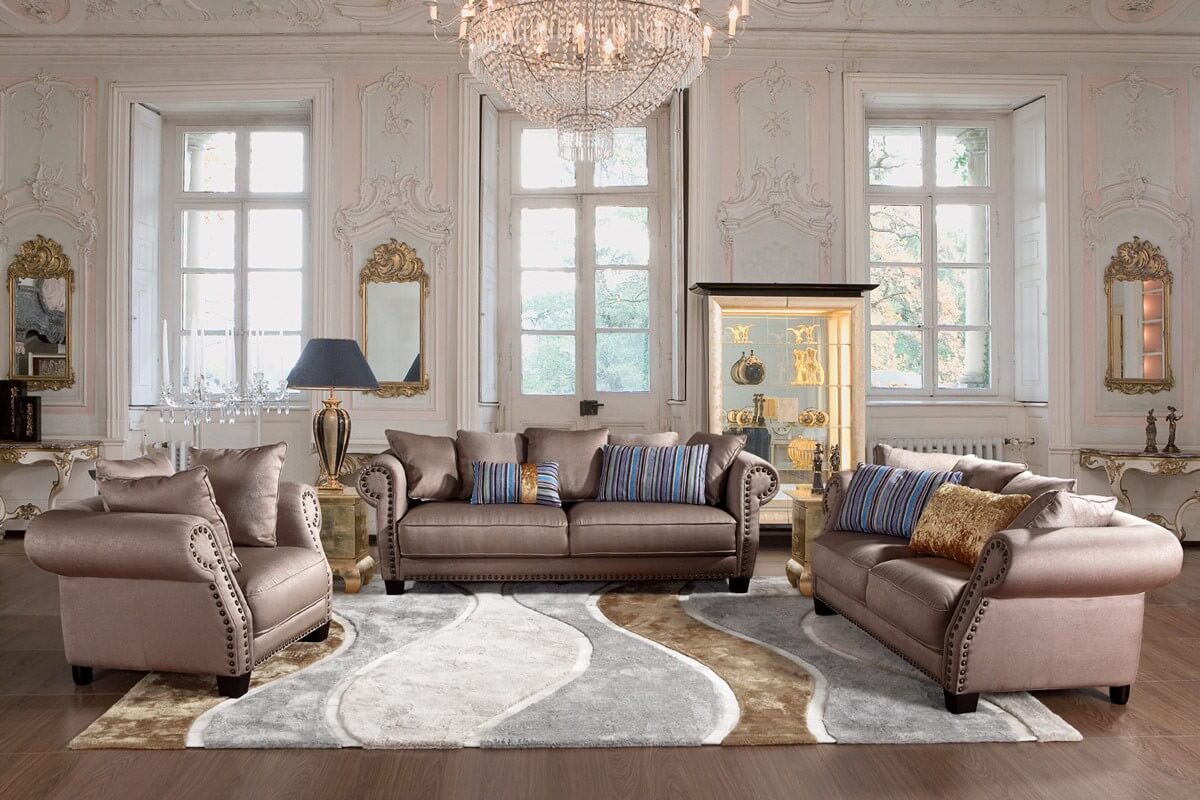

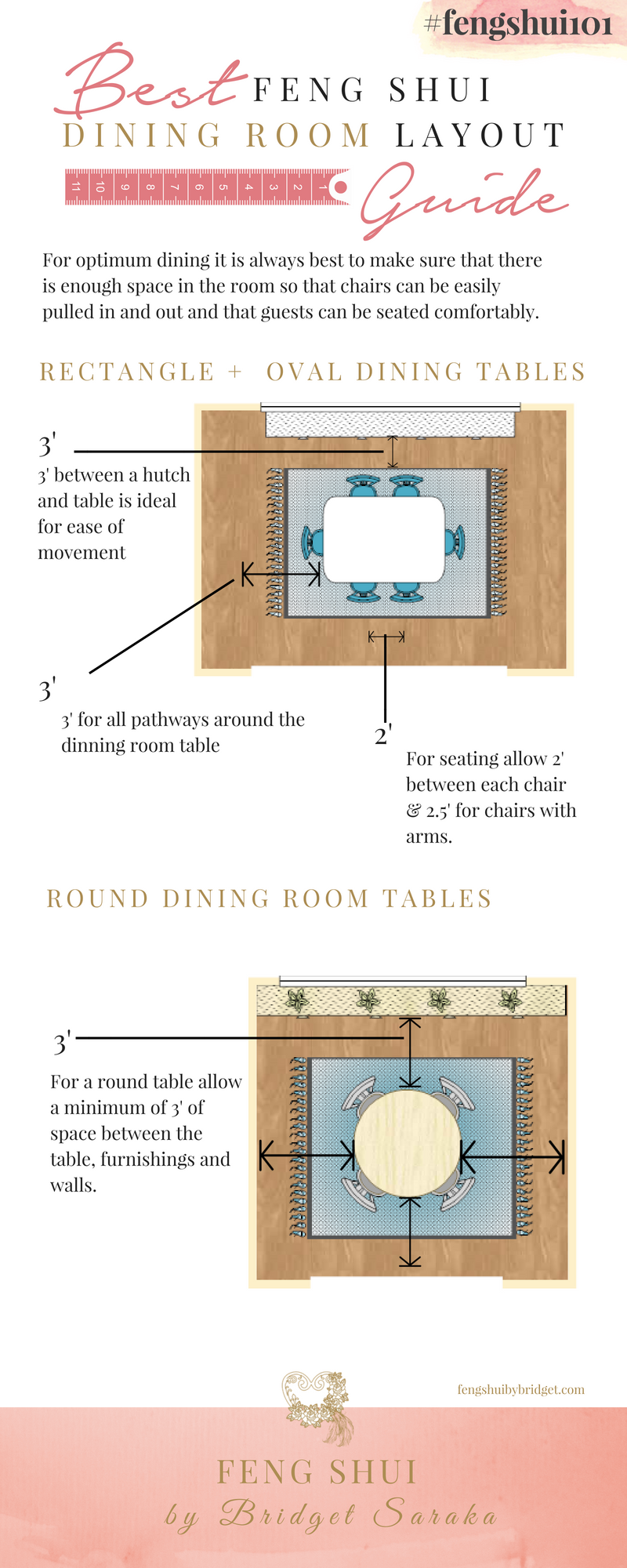



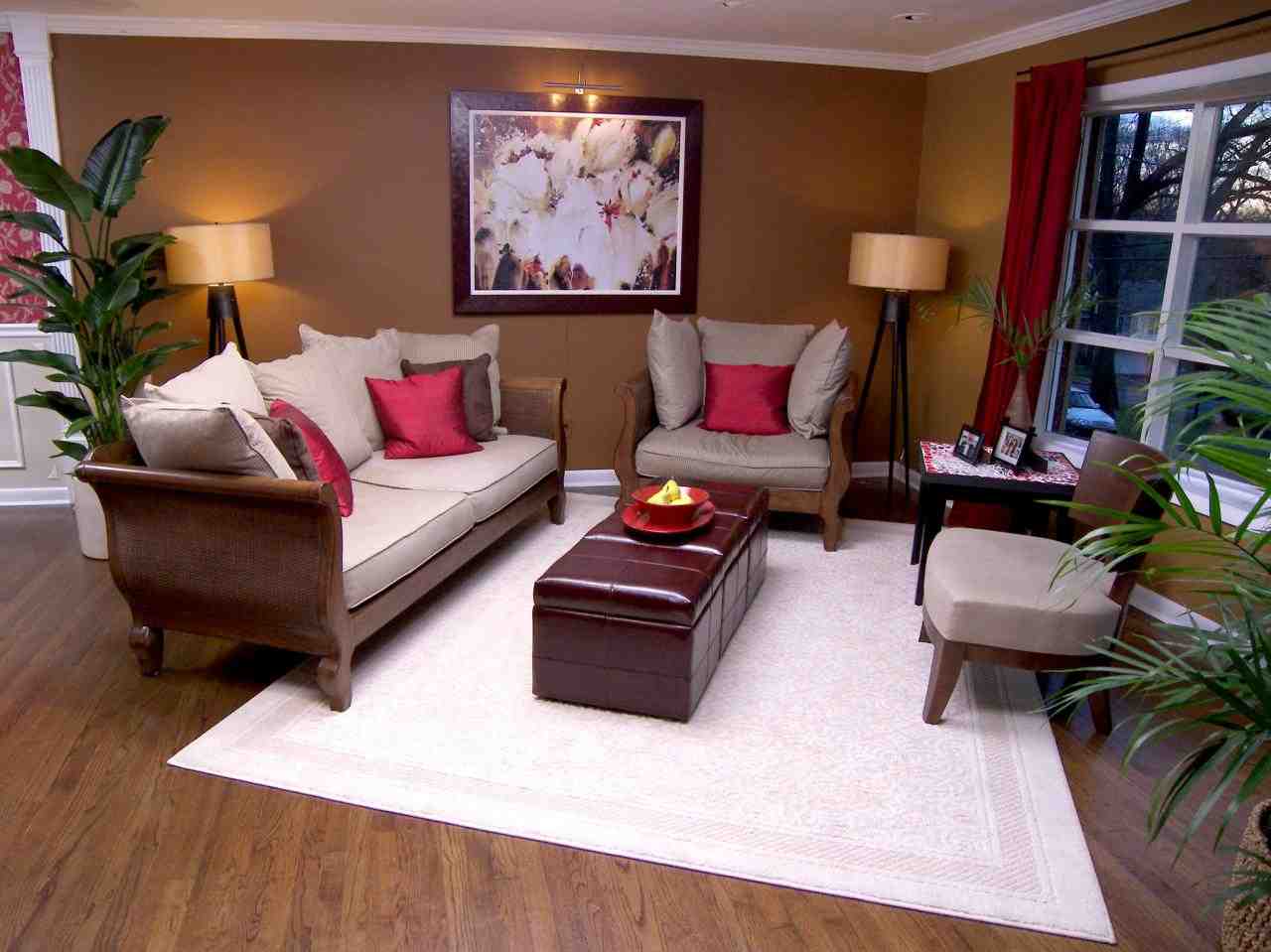




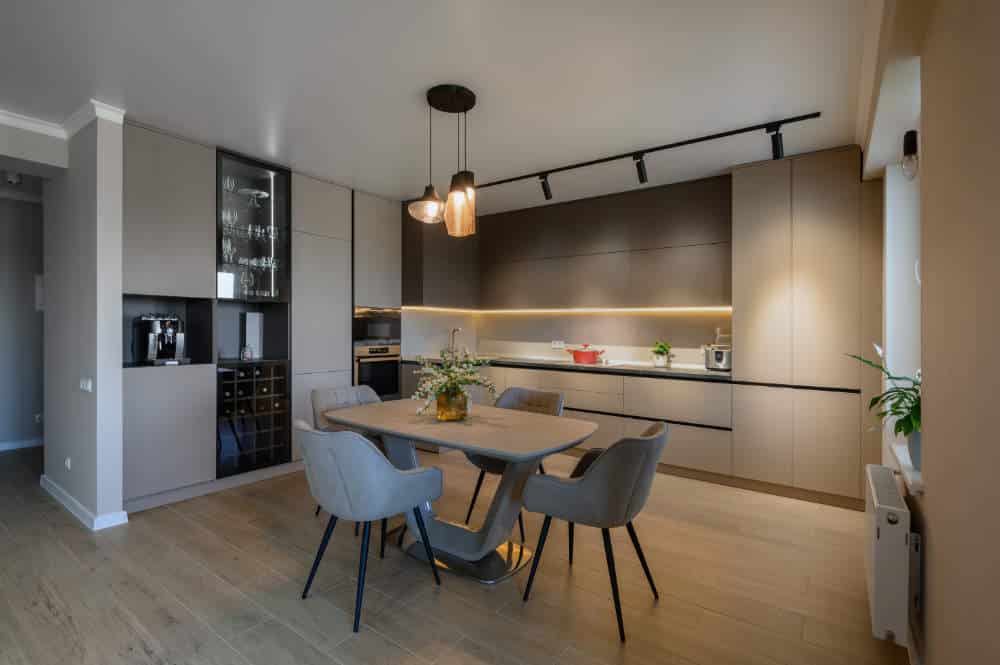

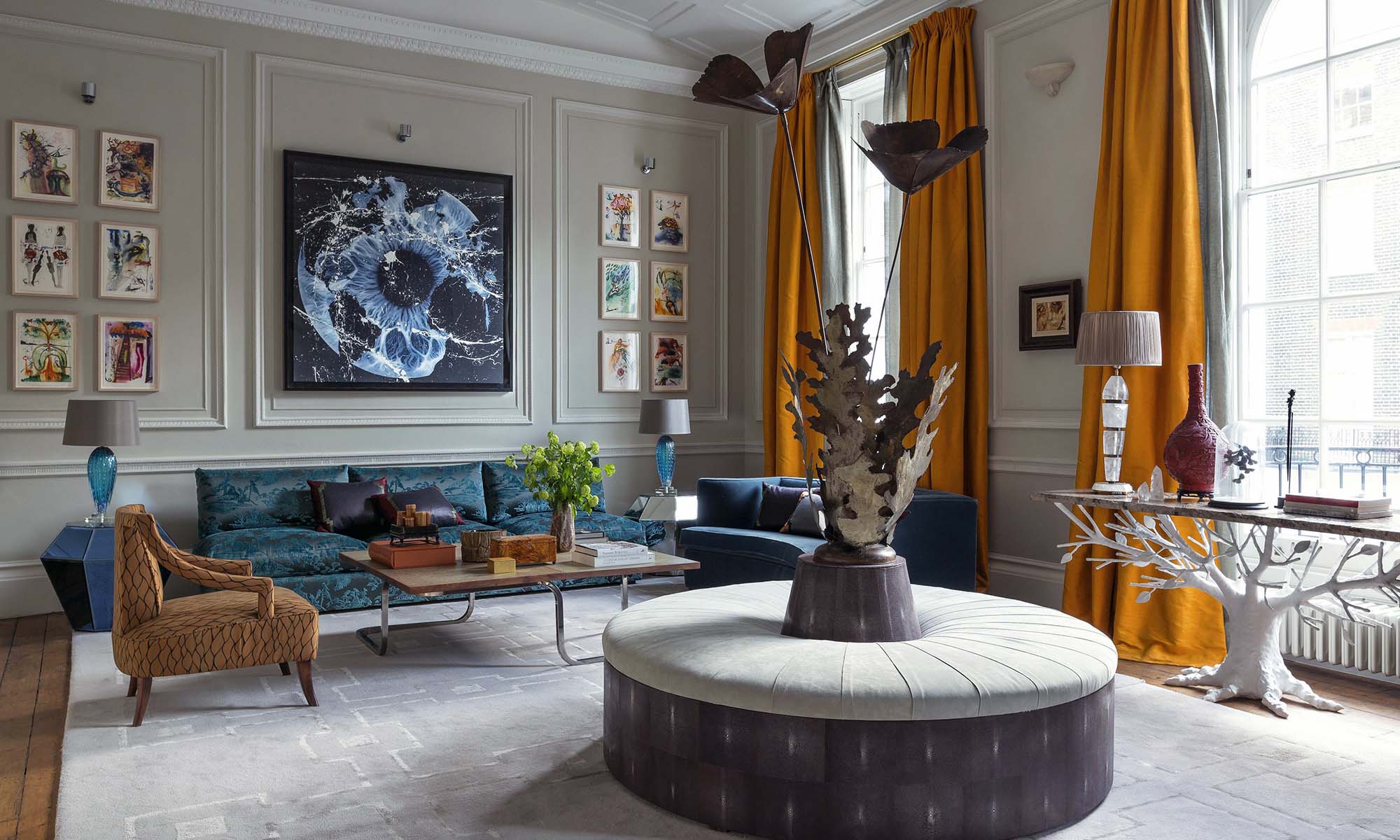

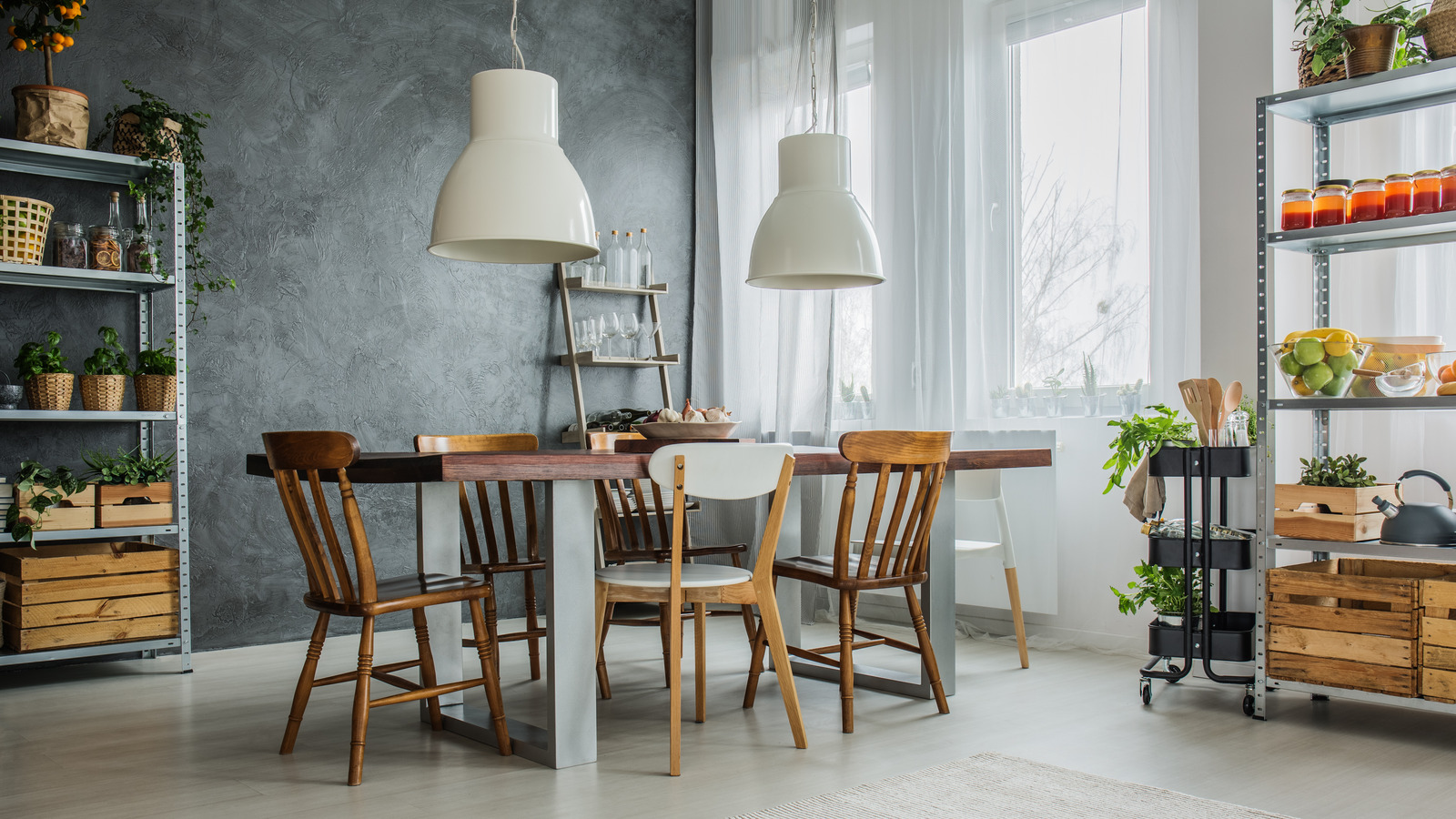



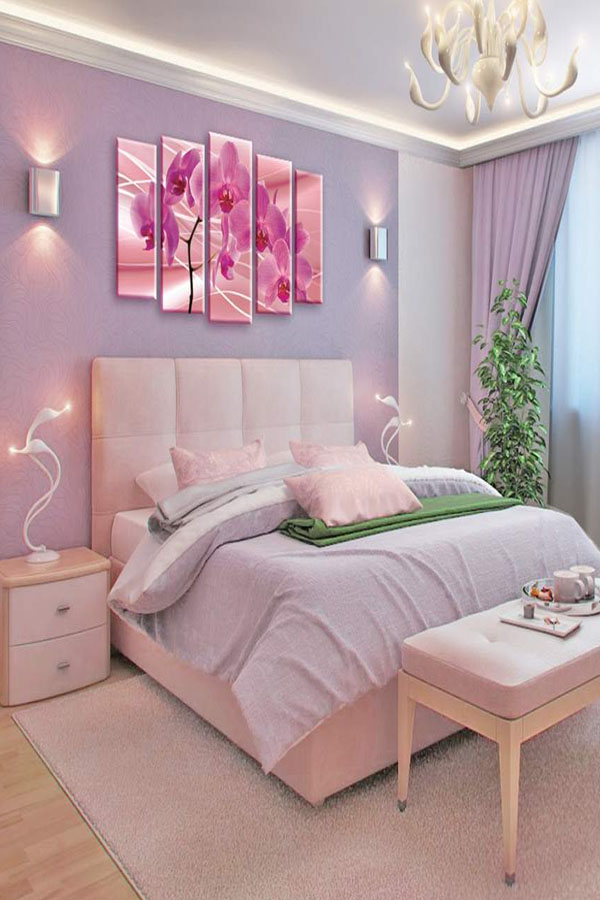
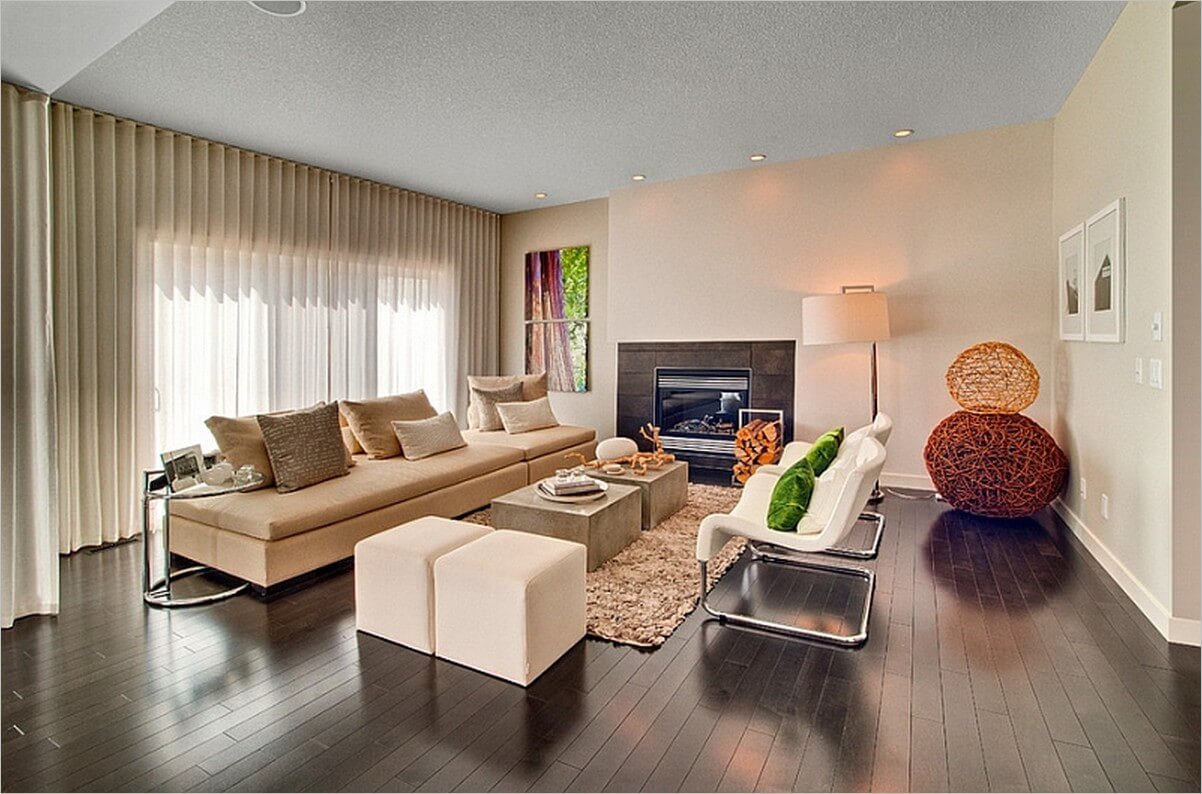

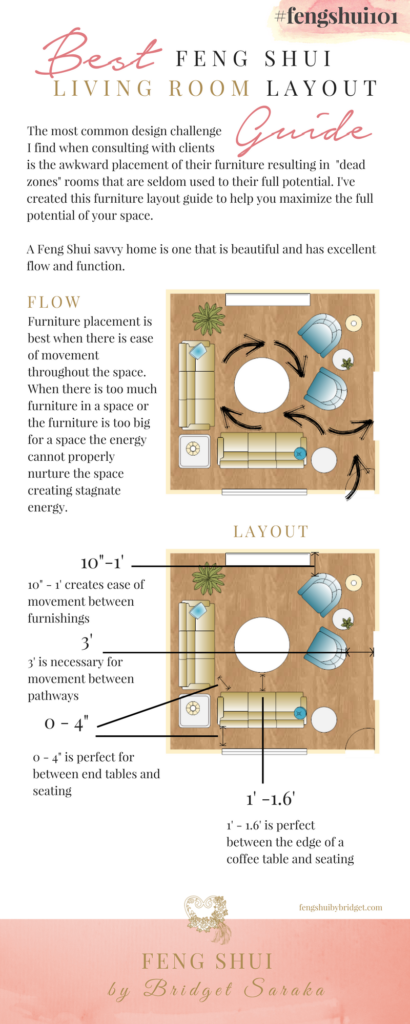



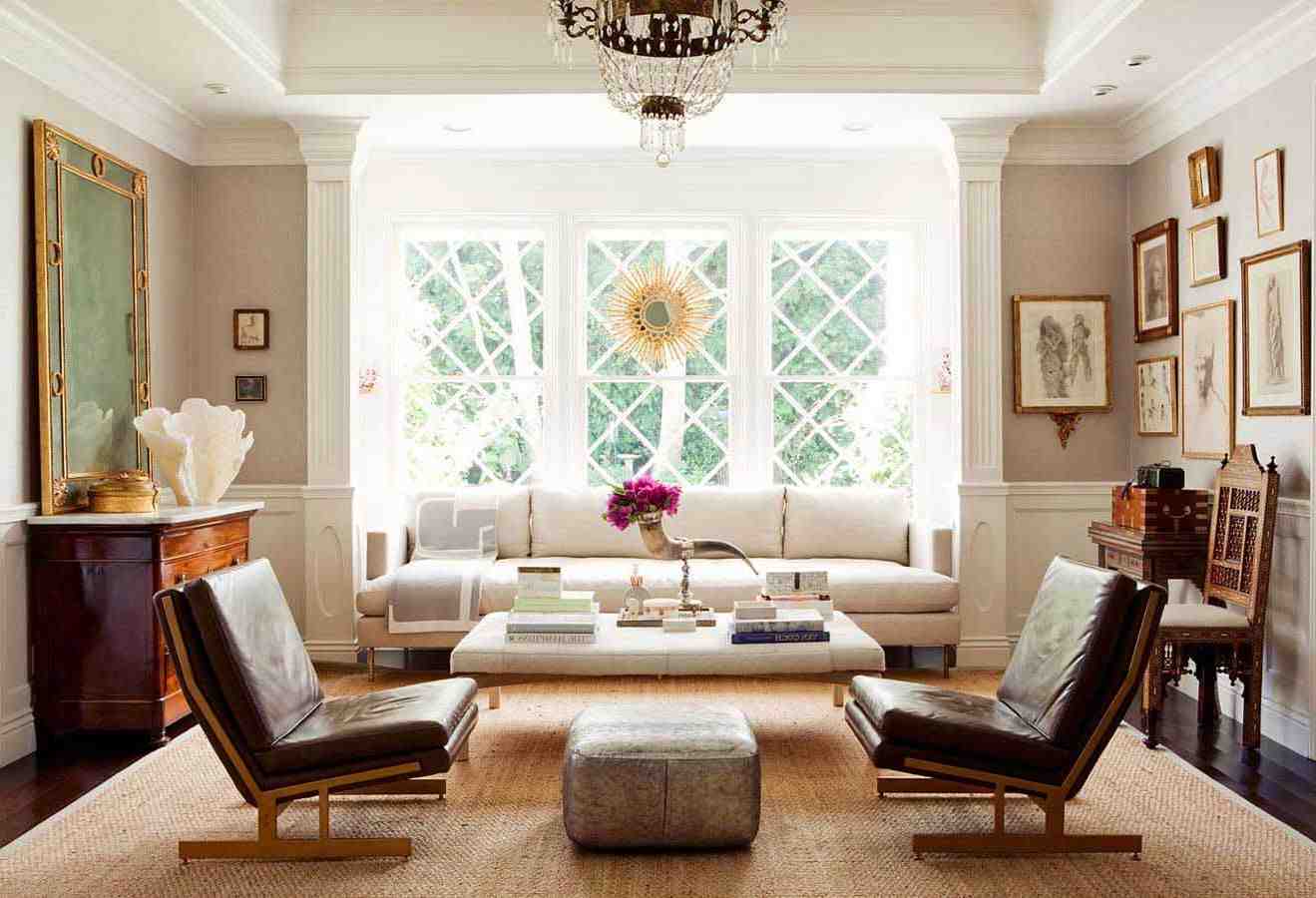
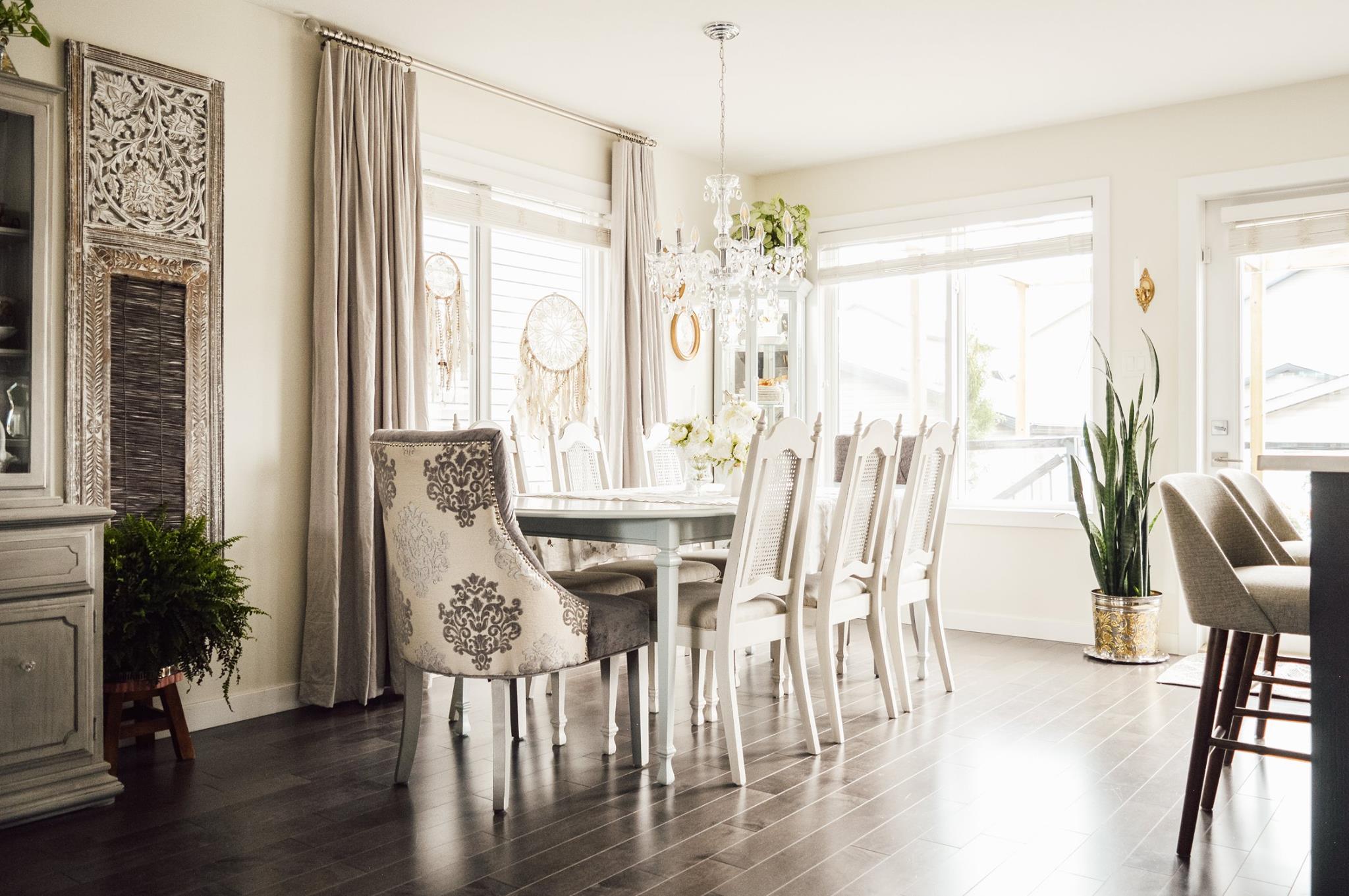
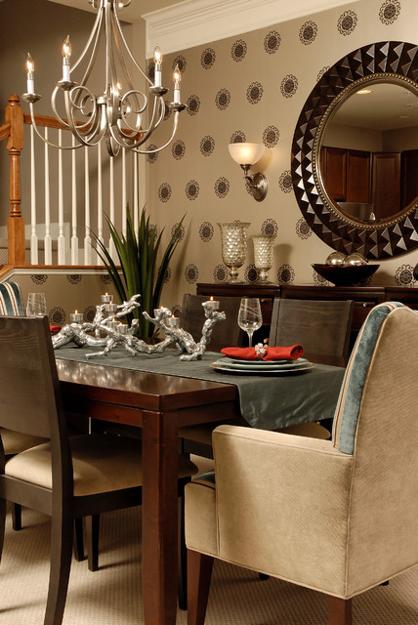


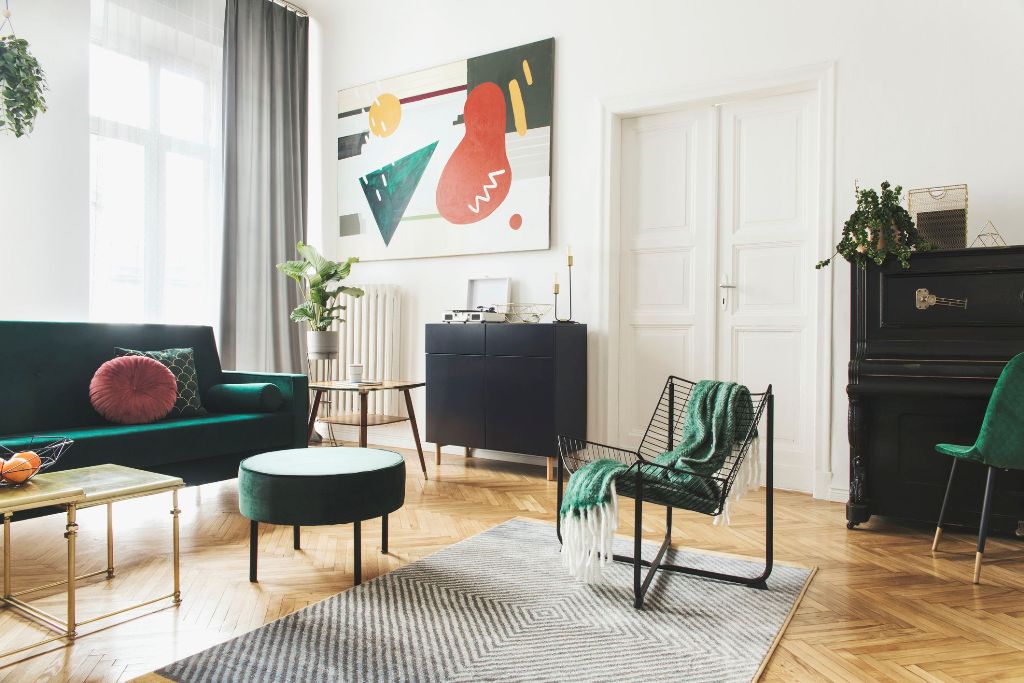

:max_bytes(150000):strip_icc()/cathie.hong-2ec564826d6c4ef8b547c80d0a238df9.png)
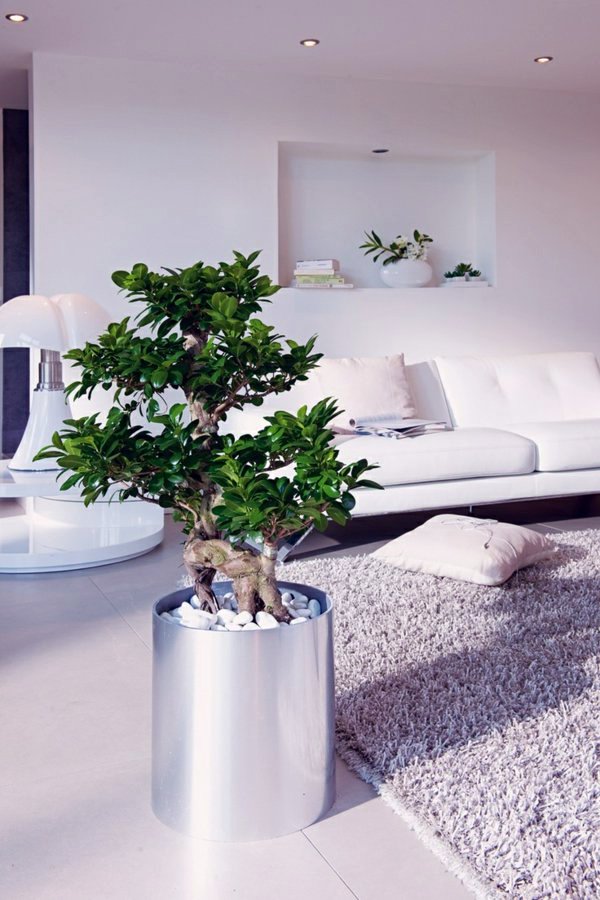
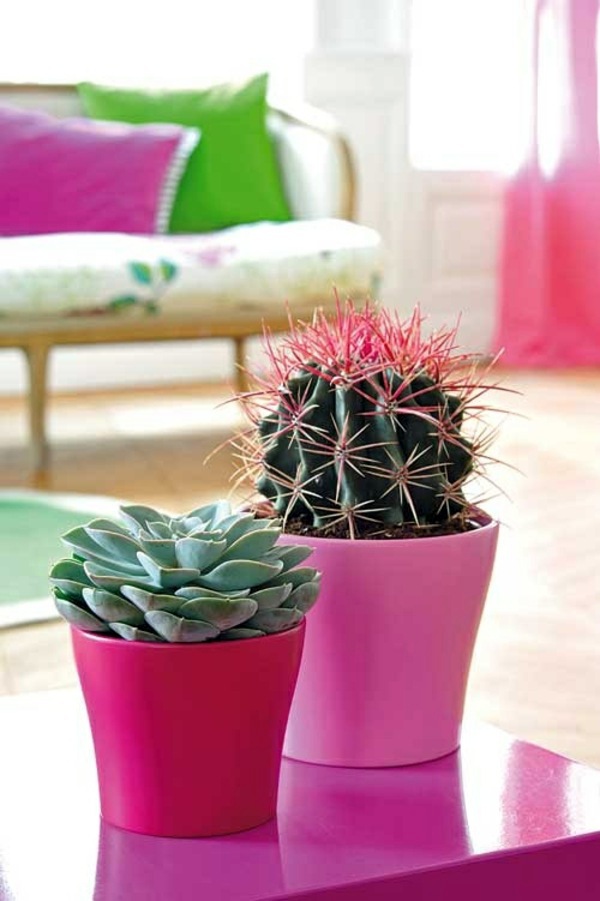
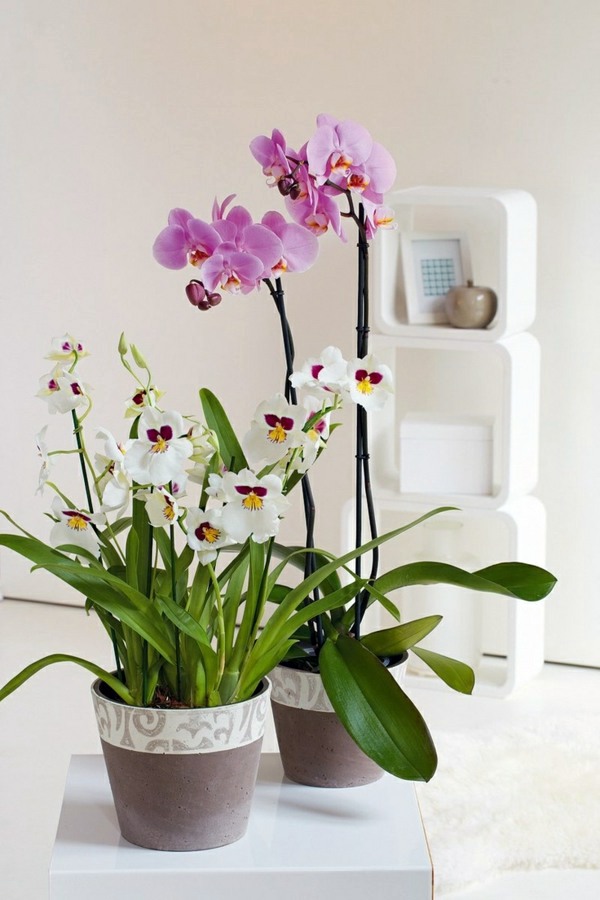










/GettyImages-1030845464-d9bf0a6179ff4601971a1ab963607969.jpg)
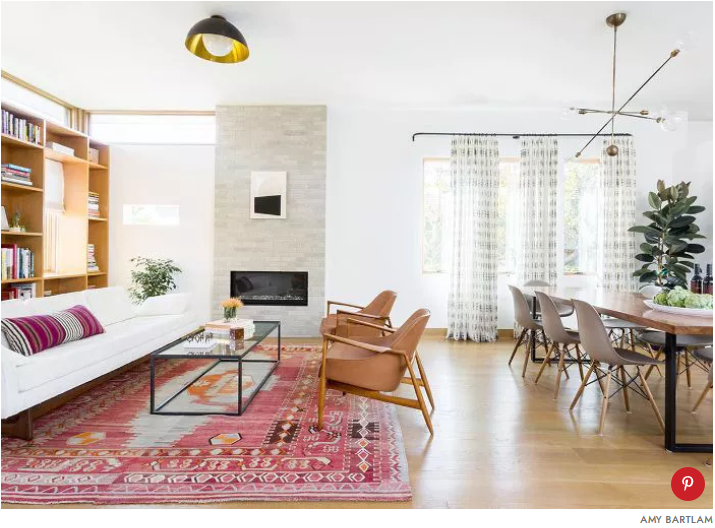


:max_bytes(150000):strip_icc()/GettyImages-642242204-9bc00f4474f040908f0286b3f2764f95.jpg)


